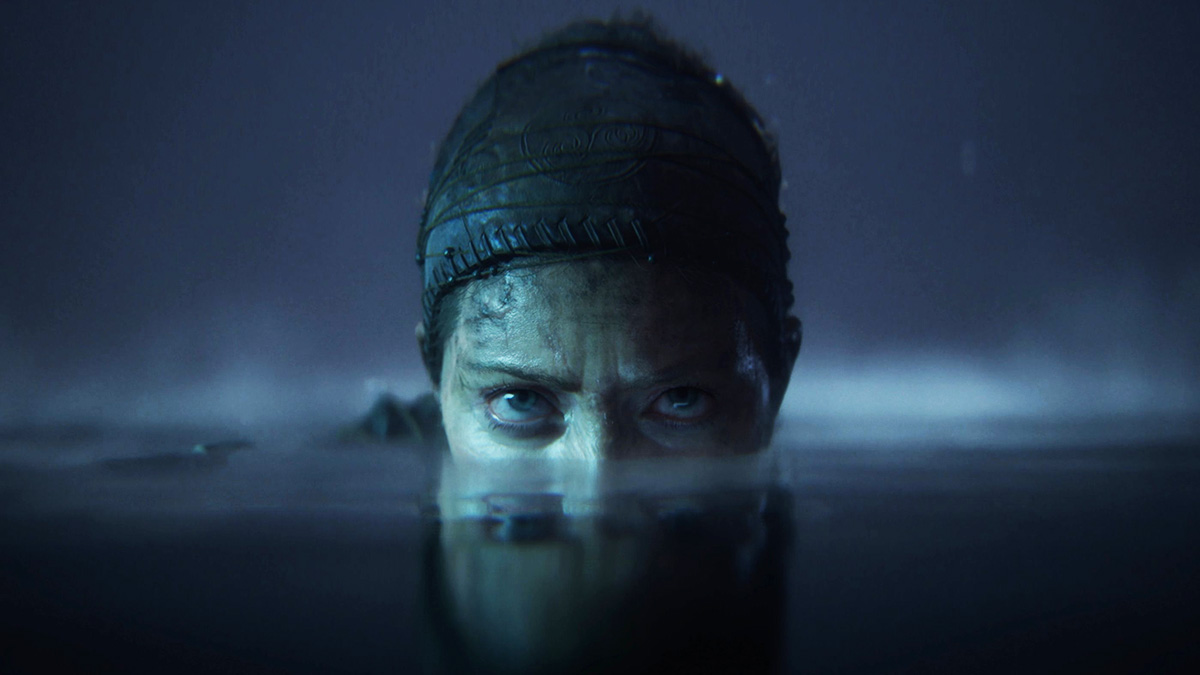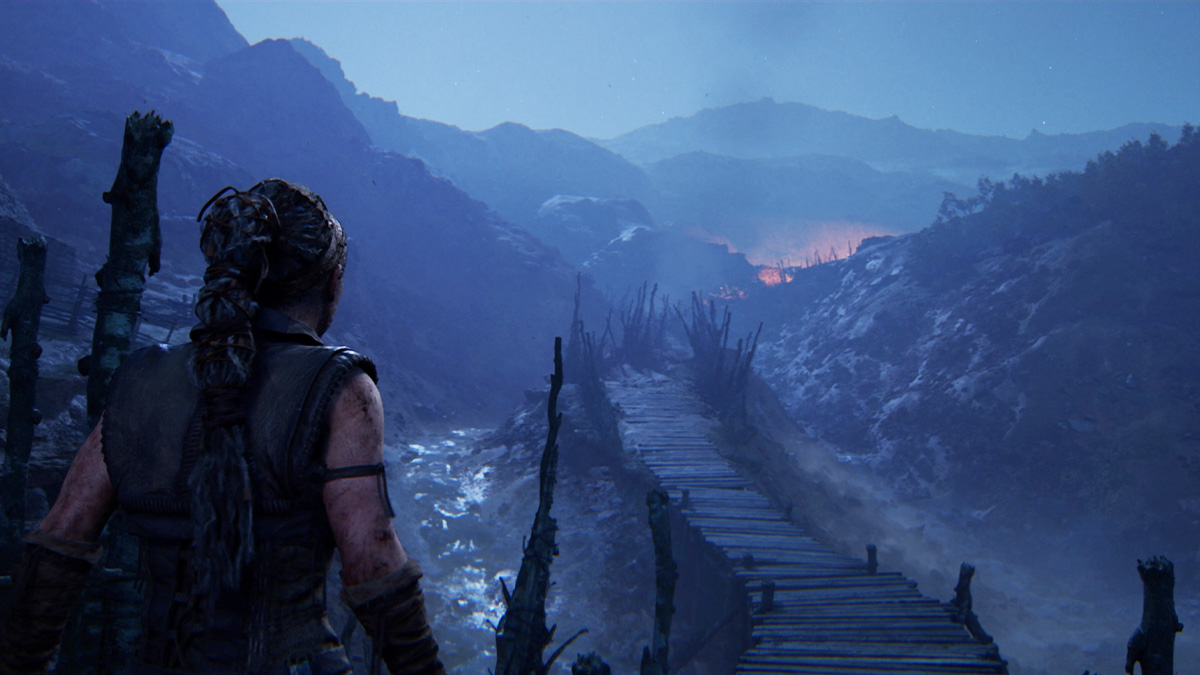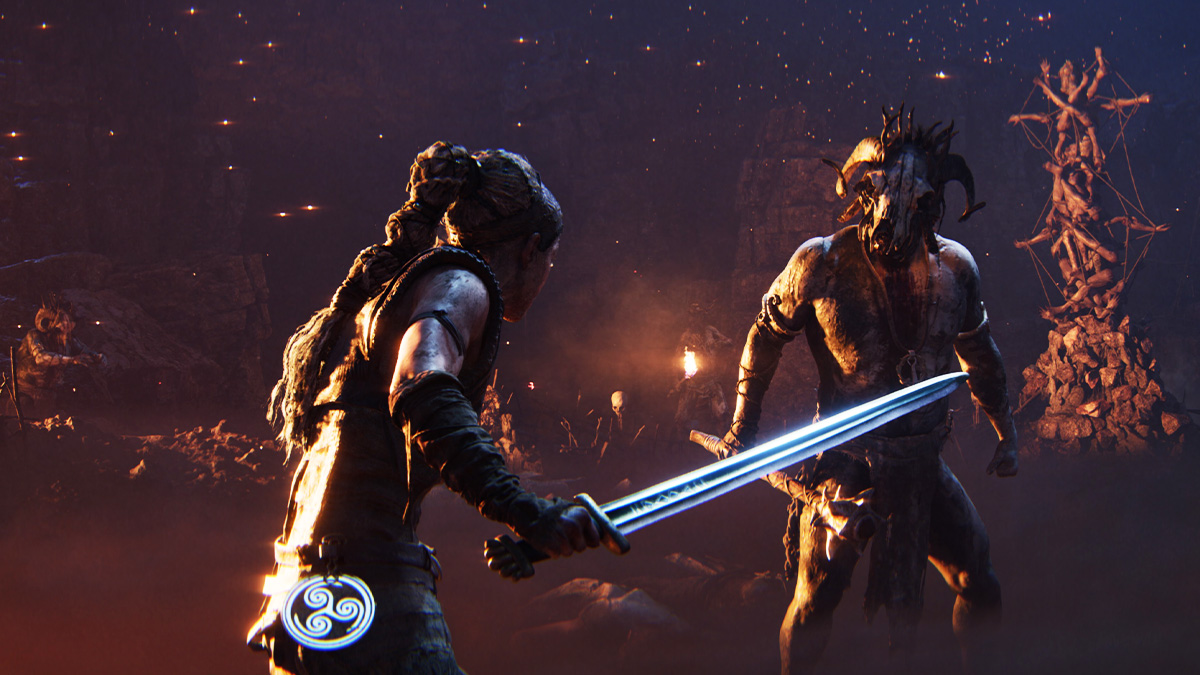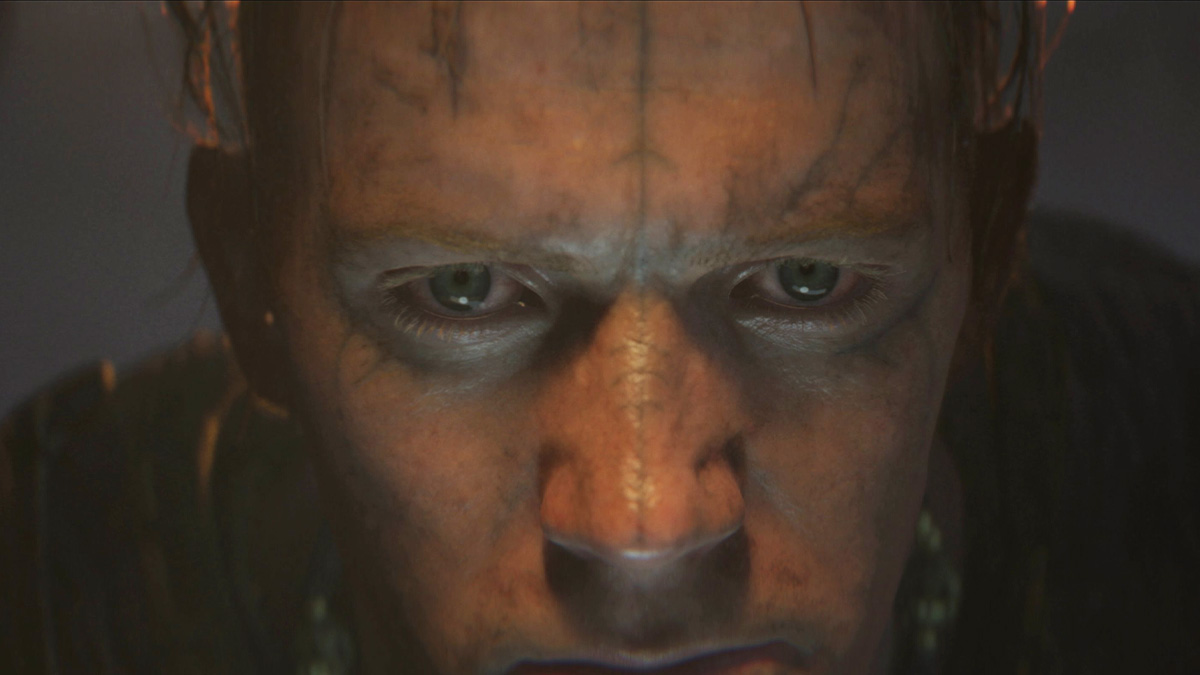In 2017, Ninja Theory surprised everyone after following up their work on DmC: Devil May Cry with the masterful Hellblade: Senua’s Sacrifice. The action-adventure title set a new bar for independent releases with its cinematic graphics and thought-provoking portrayal of mental health. After being acquired by Microsoft Studios, Ninja Theory spent nearly seven years working on a sequel to the project. Thankfully, it was worth the wait, as Senua’s Saga: Hellblade II is a cinematic masterpiece. However, the game’s short length and heavy focus on narrative might not be for everyone.

I want to get two things out of the way. Like the first title, Senua’s Saga: Hellblade II is a very short game. It took me around ten hours to beat it, and I’m an extremely slow player. In comparison, I know a few colleagues who were able to complete the game in between 7-8 hours, which is around the same length as Hellblade: Senua’s Sacrifice. So, if you were hoping for the sequel to have a larger campaign, you will not find that here. Secondly, this is very much a narrative-driven adventure. So, if you are expecting things like skill trees or leveling up, you will not get that here either. Basically, if you enjoyed the original game, then you are likely going to love Senua’s Saga: Hellblade II.
With that out of the way, I’m going to be honest and say I initially forgot the plot of Hellblade: Senua’s Sacrifice. (I played it way back in 2017!) Although the game’s opening offers a quick summary of previous events, I felt a bit lost when it came to lore and references to her journey during the first hour of Senua’s Saga: Hellblade II. The sequel fortunately works well as a standalone narrative once you get two hours into the story. Without getting into major spoilers, the game opens up with Senua setting out to rescue her people who have become enslaved. However, she soon finds herself stranded on a mysterious island locked in a powder keg conflict about to explode.
Senua’s Saga: Hellblade II‘s story is both thrilling and horrifying. There were times that it reminded me of Attack on Titan, as this sequel touches on similar themes about humanity and what people are willing to do to survive in the face of a devastating threat. Just like the first game, Ninja Theory uses audio exceptionally. It’s so important that I think wearing headphones while playing Senua’s Saga: Hellblade II should be mandatory. As key plot moments unravel, you are given instant insight into what Senua is thinking and feeling. It really enhances the narrative in a big way. For example, there was a moment when I was clawing through a dark cave, and the voices inside Senua’s head observed how panic-inducing the situation was. I actually felt my own anxiety rising, as it felt like my trek through the claustrophobic environment was getting tighter and tighter and would never end.

However, the audio isn’t just for character-building in Senua’s Saga: Hellblade II, as Ninja Theory actually finds some pretty groundbreaking ways to use during gameplay. Unlike most modern AAA projects that have waypoints or visual cues, I felt Ninja Theory wanted me to feel every moment as if I was living the story. So instead of a marker on the ground showing me where to go, I heard the sound of a person screaming from a distance out of one side of my speaker. The game’s 3D binaural audio is incredible, and there were numerous occasions where I was able to figure out where I needed to go and how to progress just by listening to my environment.
Another thing I really loved about Senua’s Saga: Hellblade II is that the voices inside Senua’s head will sometimes make a comment about a puzzle. However, they won’t outright tell you what to do. They’ll instead make an observation or criticize Senua in a way that makes sense within the game’s story, which can then push you in the right direction. It all comes together in a really seamless and natural way and truly made this one of the most immersive gaming experiences I’ve had in years.
Speaking of puzzles, Ninja Theory really expanded on gameplay in Senua’s Saga: Hellblade II by including tasking sections. Some of these challenges involve pretty mind-bending stuff. It actually reminded me a lot of Alan Wake 2’s “flashlight” mechanic, which let you rearrange the game’s world in real time with the click of a button. Similarly, there are puzzles in Senua’s Saga: Hellblade II that let you play with perception to warp and twist your environment. I not only found these challenging brain teasers, but they were also a visual spectacle that further expanded on the game’s themes about mental health.
Senua’s Saga: Hellblade II does involve some combat, but I imagine the sections might leave some divided depending on their expectations. If you want quick hack-and-slash action like Ninja Theory is known for in previous works like DmC: Devil May Cry, you will be let down. Instead, Senua’s Saga: Hellblade II features heavy combat that can feel sluggish at times. This didn’t bother me personally because I thought the game’s battle mechanics had a lot of weight to them. What I mean is that you truly feel every blade slash that hits Senua. Combat is violent and brutal. And from a cinematic point of view, I think this combat style works effectively. Just don’t go into the game expecting to throw out flashy combos and counters. The game does have the standard block, parry, and dodge. And you also unlock new mechanics as the story progresses that can aid you in battle.

But overall, combat is more of a slowed-down visceral experience that is there to serve the narrative. As far as the rest of the gameplay goes, most of Senua’s Saga: Hellblade II largely centers around you exploring the island. While this isn’t an open-world map, I still found the game to be constantly engaging. Even though most of the chapters are broken up into linear sections, you often have to figure out how to navigate through these multi-layered areas. For example, instead of just walking through the middle of an abandoned village, you will have to crawl under huts, climb ladders, and find hidden passageways to make it to the other side. Overall, I think Ninja Theory did a really good job balancing the game’s exploration sections with puzzles and narrative moments, where Senua is fighting with her internal voices, so that every segment of the story feels engaging.
Truly, Senua’s Saga: Hellblade II‘s cinematic presentation stands out. I know there have been many games with the so-called “best graphics.” But I really do think there is an argument here that Senua’s Saga: Hellblade II is one of the best-looking games ever made. The level of effort Ninja Theory went through to bring the sweeping lands of Iceland to life in this game is just breathtaking. Senua’s Saga also manages to avoid the mistakes that other narrative-driven games, such as The Order: 1886, make in that it doesn’t feel like a movie that you are just passively watching. Whether it’s the 3D Audio that had me interacting with the environment and story in unique ways or the incredible motion-capture performance of Senua actor Melina Juergens – I truly felt connected to every moment of this story.
Ninja Theory does not shy away from this being a movie-like experience. With the game clocking in at around ten hours, the campaign is unabashedly narrative-focused. With all that said, I can’t help but be blown away by the passion that went into telling Senua’s story or the fact that Hellblade II was developed by a team of 80 people. What really makes this game stand out is how much detail Ninja Theory put into the project. From working with a Cambridge Professor to explore the game’s themes about mental health to spending 69 days doing extensive motion capture – Senua’s Saga is truly one of the most narratively engrossing games I’ve experienced in years. Fans of the first game will also be pleased with Hellblade 2’s story, as it further dives into the harrowing struggles of Senua with a really unique plot. The sequel also expands beyond the beloved protagonist and features a cast of interesting side characters with their own emotional stories.

Senua’s Saga: Hellblade II is a cinematic masterpiece that raises the bar of narrative games. From its groundbreaking use of 3D Audio to its incredible graphics that bring sweeping Icelandic vistas to life, Ninja Theory’s sequel is a must-play narrative. More importantly, Senua’s Saga continues to tackle mental health in a deeply meaningful way, with an emotional story that will have you on the edge of your seat until the credits roll.
Senua’s Saga: Hellblade II is now available on Xbox Series X / S and PC.
The sequel to the award winning Hellblade: Senua’s Sacrifice, Senua returns in a brutal journey of survival through the myth and torment of Viking Iceland. Intent on saving those who have fallen victim to the horrors of tyranny, Senua faces a battle of overcoming the darkness within and without. Xbox Series X version reviewed. Review copy provided by company for testing purposes.
Senua's Saga: Hellblade II raises the bar of narrative games, as it delivers a cinematic experience with groundbreaking audio and gameplay.
- I can't recommend enough that you wear headphones while playing Hellblade 2. The 3D audio is so impressive, that it's one of the main features of the game you don't want to miss out on.
- If you ever find yourself stuck in the game, pay attention to the voices in Senua's head. Or listen to audio cues, as they will often give you a hint at what you should be doing.
- The game doesn't hold your hand at all. So if you are confused during a combat section, just pause your game and look at the controller layout. It will tell you how to block, dodge and parry.
- During certain exploration sections, look for areas in the overworld with a whitened edge. This is usually where the game expects you to climb, or crawl under.


Published: May 21, 2024 04:01 am